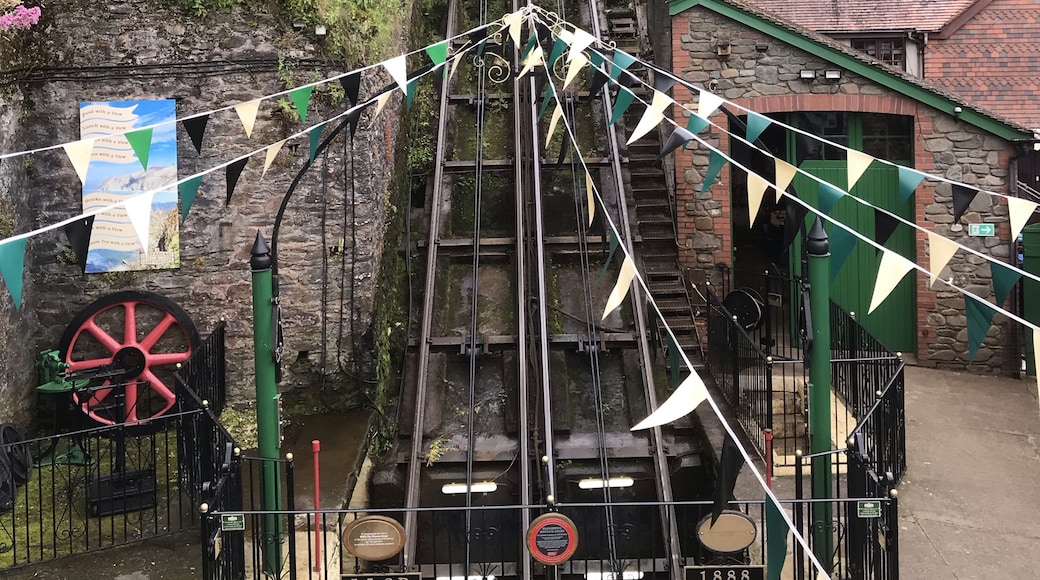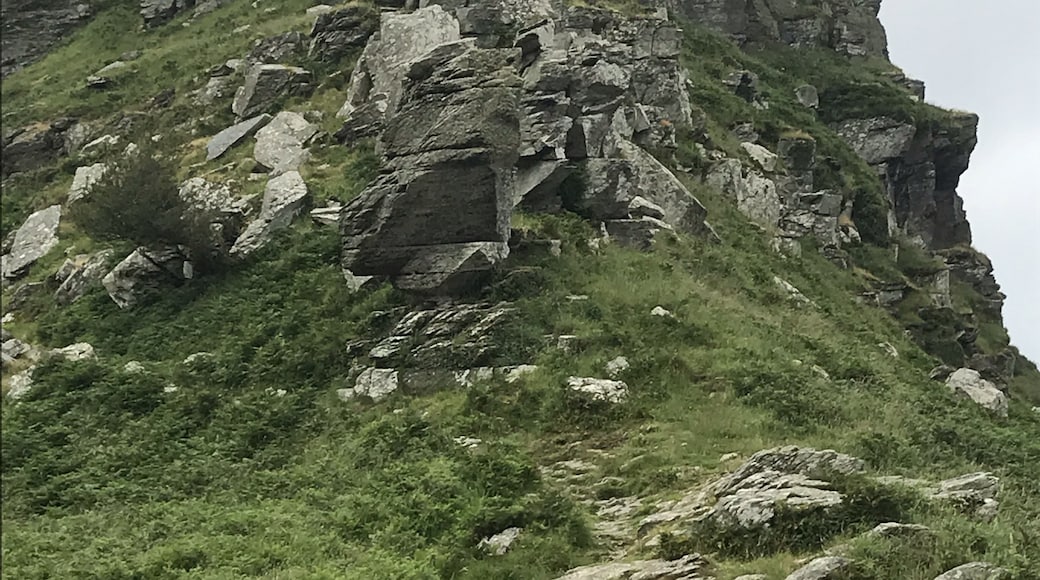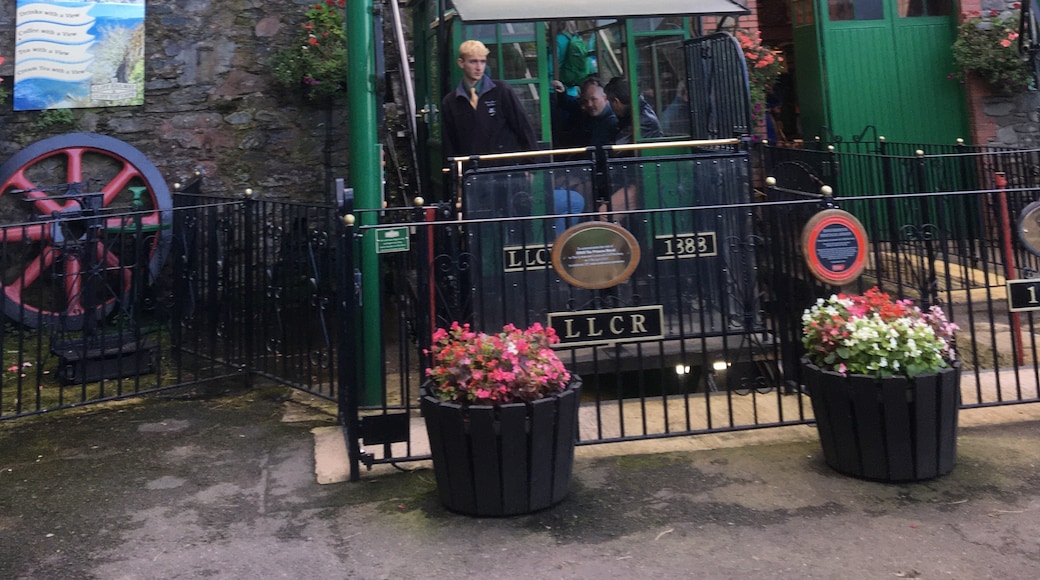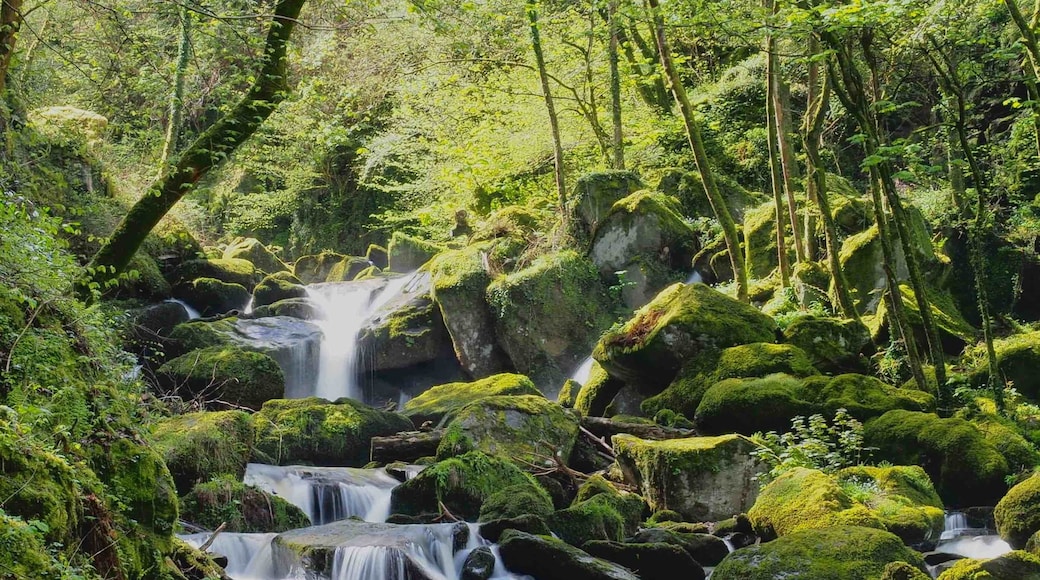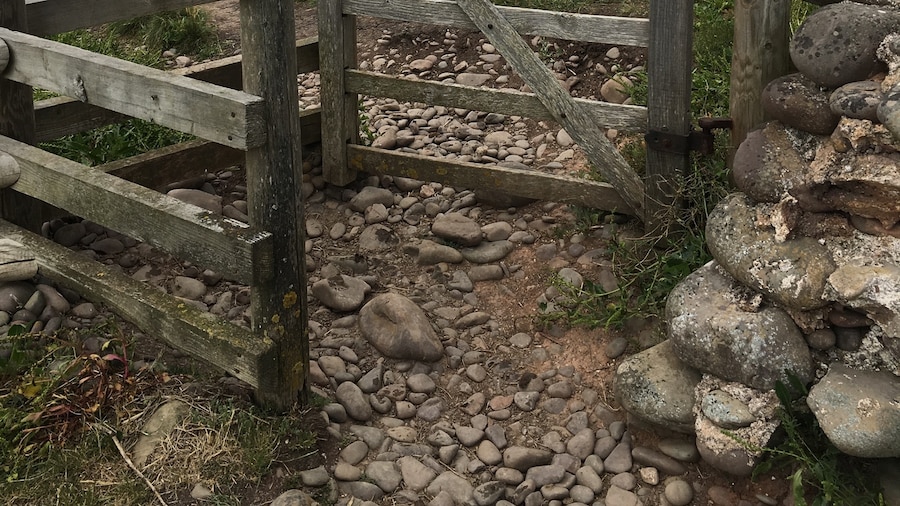Exmoor National Park is one of Britain’s smallest national parks. Spanning 268 square miles (694 square kilometres), the park encompasses high moorland and over 34 miles (55 kilometres) of coast. Take a scenic hike, spot rare wildlife, cycle across high moors or visit the park’s charming medieval towns.
In the park’s headquarters in Dulverton, get maps and information about guided walks. Pay the fee to sign up for one of these interesting walks, which have themes ranging from bird-watching to archeology.
Explore Exmoor’s more than 700 miles (1,120 kilometres) of paths and bridle ways, where you can walk, cycle or ride horseback. Walk up to Dunkery Beacon, the park’s highest point at 1,700 feet (510 metres) above sea level, located at the eastern end of the moors. Access easy walks to the summit from parking lots at Dunkery Gate and Rex Stile Head. Spot examples of Bronze Age cairns along the ridge. On a clear day you can see across to the Bristol Channel and Wales.
The park is an unparalleled spot for wildlife watching, with more than 40 mammal species, 111 species of birds and 15 types of bat in the area. Look for the famous Exmoor ponies, which have roamed the park for more years than even humans have. If you’re lucky, you might see red deer.
The park is Europe’s first designated International Dark Sky Reserve, making it one of the best places in the country for stargazing. Head to Haddon Hill, Holdstone Hill, Anstey Gate, Brendon Two Gates or Wimbleball Lake for some of the clearest views of constellations, including the North Star, the Plough and Cassiopeia.
Exmoor National Park is located along the northern coast of England's southwest peninsula, between Somerset and Devon. Reach it by car along the motorway or take advantage of local bus routes running throughout the area. You can also take the train to nearby Taunton, Tiverton Parkway or Barnstaple.

